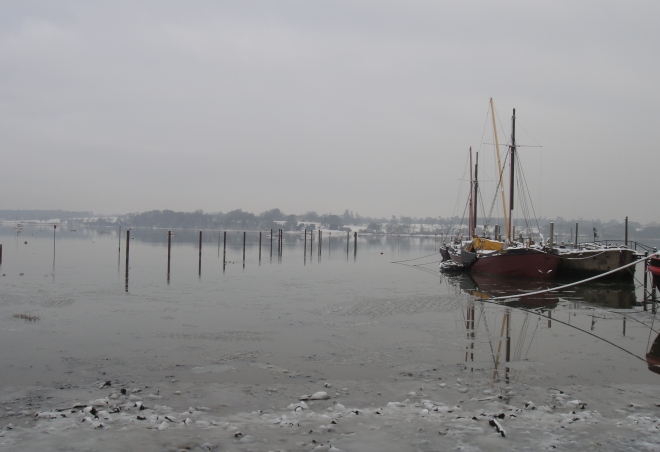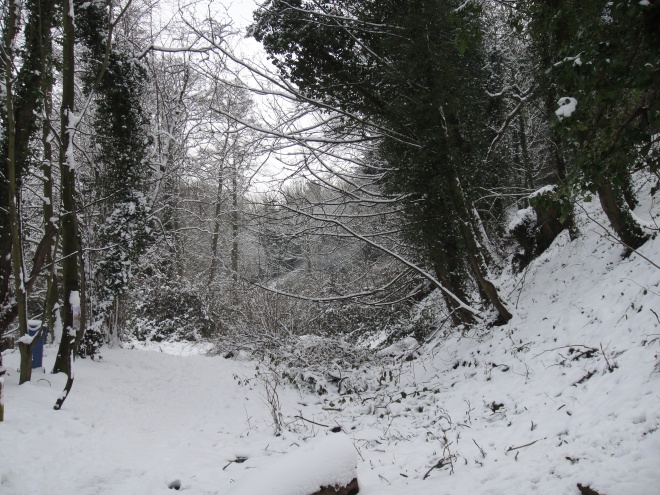The Orwell Mermaid is a proper mermaid story, very similar to Hans Christian Anderson’s Little Mermaid, but with an even more tragic ending than the Anderson story. It’s a strange thing, though. This mermaid story is one of very few in Suffolk. There’s the Wildman of Orford, of course, but others are few and far between. There’s a tale that a mermaid tried to gain entry to All Saints church in Sheringham, in Norfolk, but was told to go because she wasn’t a Christian – she nipped in, though, and is immortalised on a bench end.
Then there’s the Kessingland Nessie – or Kessie? – first spotted in 1750, it was seen by H Rider Haggard’s daughter in 1912, further up the coast in Norfolk by the crew of the Kellett in 1923, and again at Kessingland by beach walkers in 1978, but not seen as far as I know since – do you know? Captain Haselfoot of the Kellett writes in the log of the ship this account: ‘The time was about 9am. It was a summer day and the weather was calm and clear. I am not sure whether the sun was actually shining. I then observed rising out of the water about 200 yards from the ship, a long, serpentine neck, projecting from six or seven feet above the water. I observed this neck rising out of the water twice, and it remained up, in each case, for four or five seconds. Viewing with the naked eye only, I could not make out precisely what the head was like.’ It’s hard to doubt the captain – and it was also seen by another officer. Who knows what lurks beneath? One feels that Pleasurewood Hills has missed a trick in not having ride dedicated to our local Kessie…
In Suffolk the place to find mermaids, though, is not in la mer, but in freshwater – especially in pools. These mermaids are not the romantic (but still potentially deadly) figures we know from fairy stories, but rather a slightly different kind of monster. In the northern Midlands and she’s called Jenny Greenteeth, in Yorkshire and Lancashire she’s a grindylow, and Peg Powler on the River Tees. She’s like the Japanese kappa, and the Slavic vodyanoi or vodnik, the Scottish kelpie and many many more. She’s there as a bogeyman with one role – a role adults have assigned her. She’s there to frighten children off from playing too near water, and expose themselves to the very real and present danger of drowning.
They are most prevalent in the Ipswich area and around – Yoxford and Rendlesham have sightings, and they’ve also been seen on the River Gipping between Needham Market and Ipswich. No surprise then that our sea mermaid came up the Orwell. This is from an old man writing into the Ipswich Journal in 1877, ‘When I was quite a child, in 1814, we used to play at Rendlesham where there was a pond at one end with trees round it, the grass in early spring full of flowers … If we went too near our nursemaid would call out to us not to go so near ‘lest the mermaid should come and crome us in.’ A crome is a pond raking tool with sharp tines that curl over a bit like a person’s hand. There are still a few pools out of Rendlesham heading towards Campsea Ash, so beware if you are taking your children there, our mermaids are beautiful with long green hair and will entice your children if they can…
Image © Kirsty Hartsiotis, 2013



